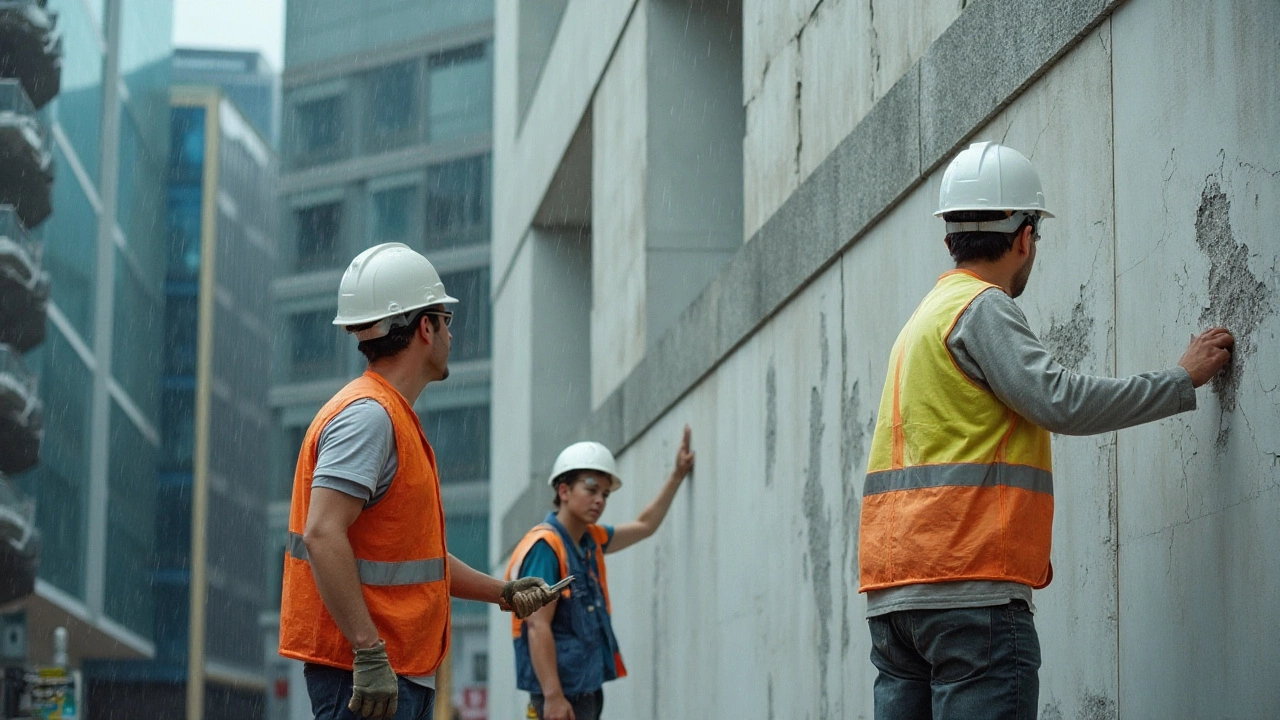New Constructions: What You Need to Know Before You Build
Starting a new construction project feels exciting, but it can also be confusing. You might wonder where to begin, which flooring works best, or how to keep mold out of a brand‑new home. This guide pulls together the most useful advice so you can move forward with confidence.
Key Planning Steps for a Smooth Build
First, set a realistic budget. Look at the cost of land, foundation, walls, roof, interior finishes and, of course, flooring. A common mistake is to forget the small items like trim or floor underlay, which can add up fast. Write down every expense you expect and add a 10‑15% buffer for surprises.
Second, choose the right building team. Talk to at least three contractors, check their references, and ask for a detailed quote. Make sure the quote breaks down each trade – excavation, framing, plumbing, electrical, flooring – so you can see where money goes.
Third, get your permits in order early. A missing permit can halt work and cost extra fees. Your local council can tell you what paperwork you need, and most reputable builders will handle it for you.
Flooring Choices That Fit New Build Needs
When the walls are up, flooring becomes a big decision. For new constructions, engineered hardwood and luxury vinyl plank (LVP) dominate 2025 trends. Engineered hardwood offers the look of real wood but handles moisture better than solid timber – perfect for ground‑floor rooms that may see a little damp.
LVP is tougher on scratches and works well in high‑traffic areas like kitchens and hallways. It also installs quickly over a dry subfloor, which saves time on the build schedule.
If you prefer a softer feel underfoot, consider carpet in bedrooms. Choose a low‑pile, stain‑resistant option and make sure the subfloor is completely dry before installation to avoid mold growth.
Speaking of mold, new builds can still develop it if moisture gets trapped. After the house is sealed, run a dehumidifier for a few weeks, especially in cooler months. Check for condensation on walls and fix any leaks immediately.
Finally, think about future upgrades. Installing a raised floor system now lets you run wiring for heated flooring or underfloor heating later without tearing up finished rooms.
By planning your budget, choosing a reliable builder, and picking the right flooring, you set up your new construction for success. Keep an eye on moisture, stay on top of permits, and don’t rush the finishing touches. The result will be a home that looks great and stays solid for years to come.
Unveiling Common Building Defects in New Constructions
- Gavin Whitaker
- |
- |
- 0
New constructions, though appealing, often hide a variety of defects that can affect their value and longevity. These often include structural weaknesses, moisture problems, and poor workmanship, commonly appearing due to rushed deadlines or improper materials. Identifying these issues early on can save significant costs and headaches down the line. Homebuyers and developers should remain vigilant to ensure that properties meet quality standards.
View more